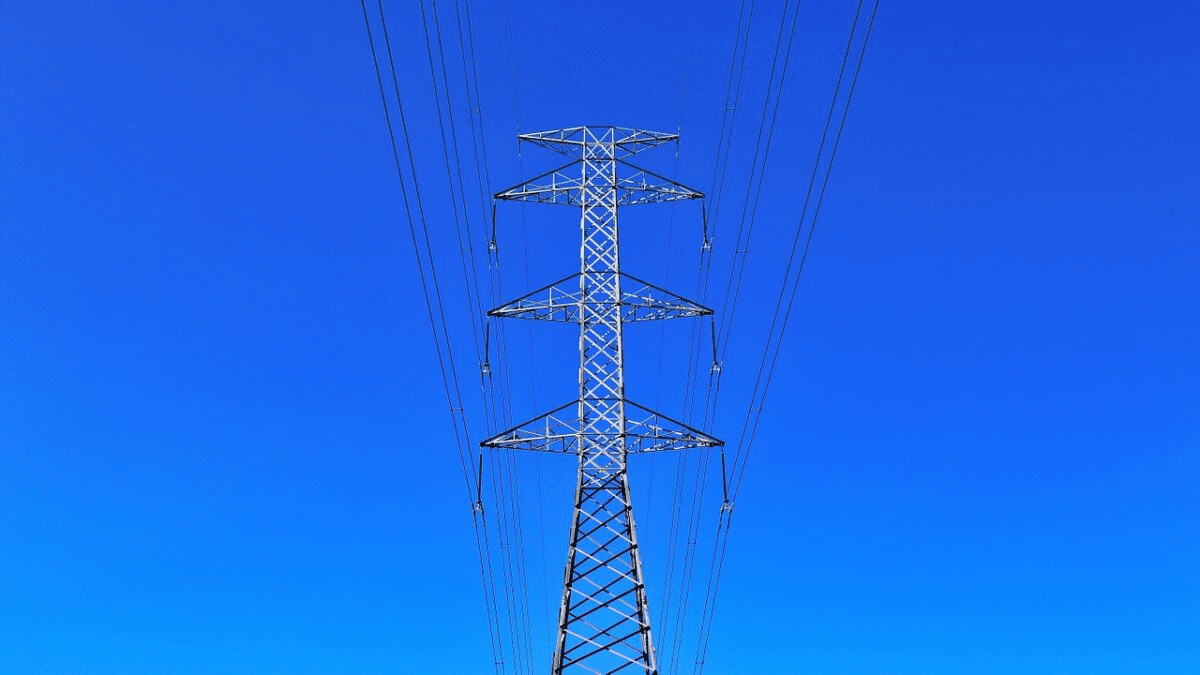Bill Gates, the former CEO of Microsoft, is a champion of building advanced power transmission infrastructure to handle the increasing demand for electricity. Despite the progress made in renewable energy sources and energy storage solutions, transmission lines still pose a significant challenge in the quest for a green energy future. Recognizing this, Gates has set his sights on solving the transmission line problem and is dedicating his resources to ensure a seamless transition to a sustainable energy system. He’s already made significant contributions in the form of investments in low-carbon reactors and cutting-edge energy storage technologies. In short, Gates realizes that a sustainable energy future requires more than just renewable energy sources and energy storage, but also a robust transmission infrastructure to get that energy to where it’s needed.
In his blog “GatesNotes,” Bill Gates sheds light on the outdated model of the electric grid. Historically, power plants have been situated close to urban areas, but this approach is not feasible for renewable energy sources such as wind and solar. The best locations to generate large amounts of electricity are often far away from city centers. To reach the ambitious goal of net-zero carbon emissions by 2050, the United States requires a modernized energy grid capable of handling the increased demand for electricity due to the proliferation of electric vehicles and household appliances. This necessitates the construction of high-voltage power lines, specifically in regions where wind and sun resources are abundant, and connecting these power lines to population centers.
Bill Gates is not the first to recognize the need for upgrading America’s transmission line infrastructure, as current capacity needs to be tripled to achieve carbon neutrality in the next three decades. In his blog, Gates highlights that this challenge stems not only from technological limitations but also policy problems related to planning, financing, and permitting. Nevertheless, innovative solutions, such as dynamic line ratings and power flow controls, have a crucial role to play. The construction of transmission lines, however, faces a plethora of obstacles, including NIMBYism, safety concerns, conflicts with wilderness preservation and property rights, and treaties with Indigenous territories. Although Gates has not yet specified how he plans to tackle this issue through his organization Breakthrough Energy, it’s evident that he is gearing up to address the transmission line shortfall.


















